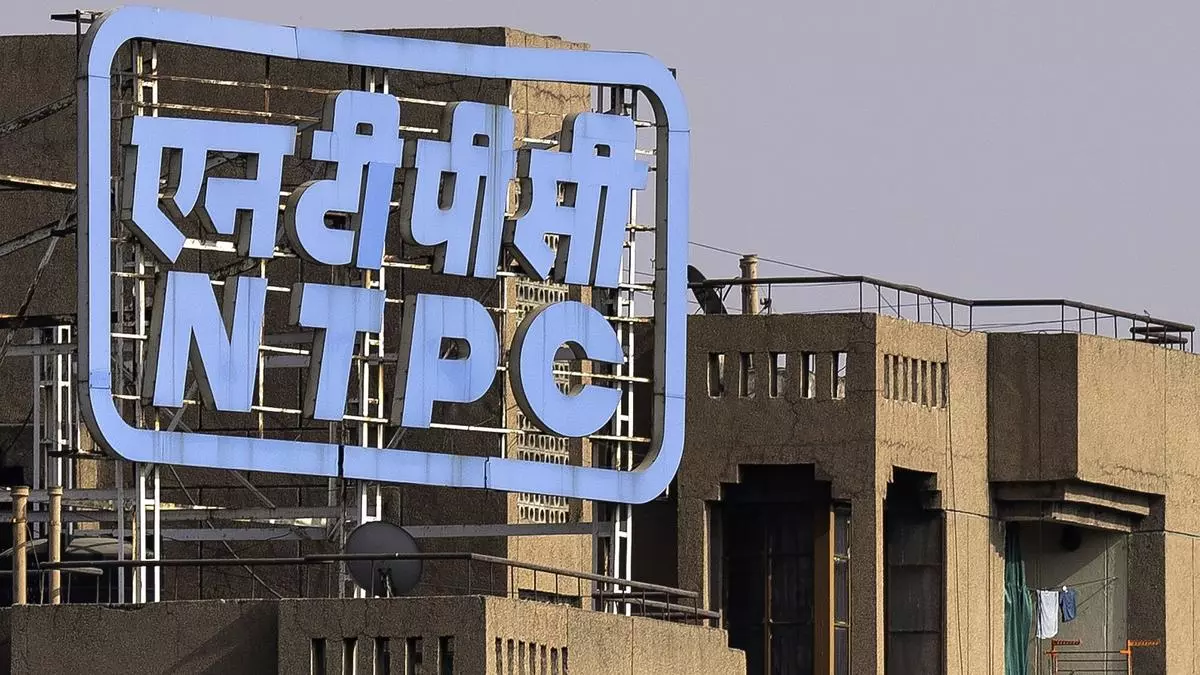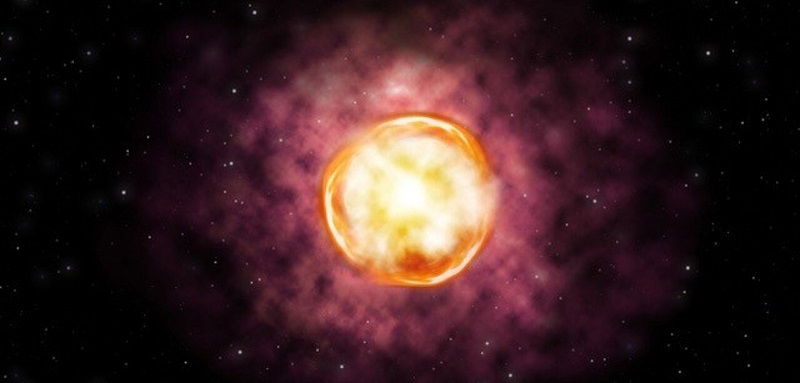If you want to ‘see’ a long-lost city lying buried deep underground, but without digging, what do you do? You turn to a magnetometer, a device that senses variations in the earth’s magnetic field caused by the differences in the magnetic properties of material lying underground.
A magnetometer has revealed an unfinished city in Iraq. Around 700 BC, neo-Assyrian emperor Sargon II began constructing a new capital, Dur-Sharrukin (now Khorsabad), in present-day Iraq. It was long thought to have been abandoned early, but new findings challenge this assumption.
For 2,500 years, Khorsabad was largely forgotten until it was rediscovered in the 1800s. French archaeologists unearthed treasures in the palace but found little evidence of other structures within the city’s one-mile-square walls. Recent surveys by the French Archaeological Mission and Ludwig-Maximilian University aimed to reassess the site following its occupation by the Islamic State, mapping 7 per cent of the area with high-resolution magnetometers.
The team avoided drawing attention by hand-carrying the equipment. Over seven days the survey revealed hidden structures up to 10 ft underground, including a water gate, potential palace gardens, and a massive 127-room villa double the size of the White House.







Leave a Comment